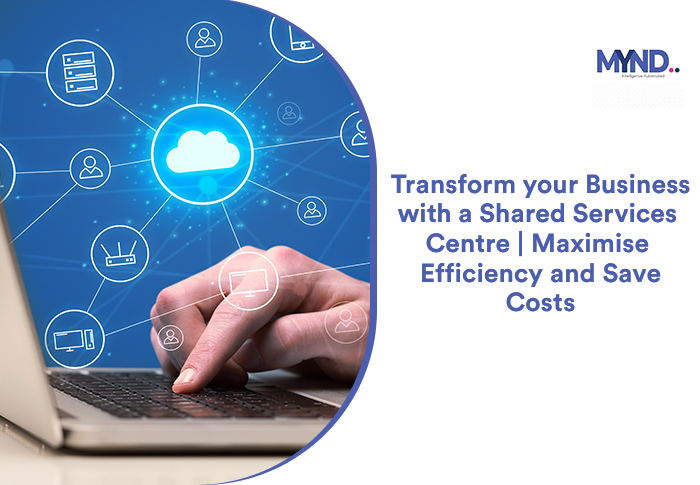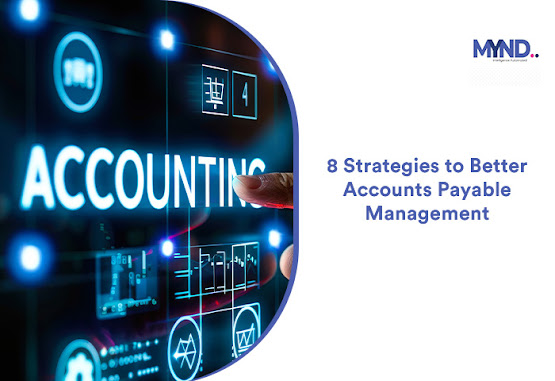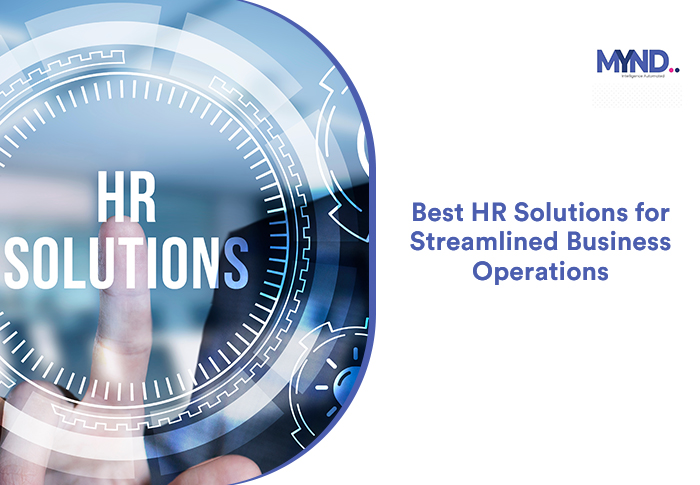Best Practices for Using Fixed Asset Management Software
 |
| Best Practices for Using Fixed Asset Management Software |
The
practice of keeping track of managing and maintaining the fixed assets of an
organisation is known as fixed asset management. These assets generally refer
to any long-term tangible property that a business employs for its operations,
such as buildings, machinery, computers, patents, and automobiles.
It
is an essential business resource because it influences a business's long-term
strategic direction, operational effectiveness, and financial health. One of
the best ways to manage fixed assets is to utilise fixed asset register software.
Advantages of using fixed
asset register software
● Improved accuracy: Automated tracking
and reporting can help to reduce errors and ensure that fixed asset information
is accurate and up-to-date.
● Increased efficiency: Fixed asset register software can
streamline processes, save time, and reduce manual effort.
● Enhanced compliance: The software can
help businesses comply with accounting standards and tax regulations related to
fixed assets.
● Better decision-making: By providing
accurate and up-to-date information about fixed assets, the software can help
businesses make informed decisions about investments, maintenance, and
disposal.
● Reduced risk: This software can help to
prevent fraud, theft, and loss of assets by providing a clear record of asset
ownership and location.
In
this blog, you will learn about best practices for using fixed asset management software. Here are some practices:
Understanding challenges
of fixed asset management
Before you plan to utilise software for fixed asset management, you need to understand aspects of fixed asset management, including challenges. Before implementing software for fixed asset management, it's crucial to grasp the fundamentals and challenges of this process. Understanding these aspects will ensure you choose the right solution for your needs. Below are those key points:
One of the most prevalent issues is the inaccurate recording of asset data, including purchase price, depreciation, and maintenance history. This can lead to discrepancies in valuation and financial reporting
Monitoring the locations and movements of assets may be challenging, especially for large-scale enterprises. Without a reliable tracking system, assets are likely to be misplaced or underutilised.
● Industry-Specific Requirements
Different
industries have unique requirements that must be followed when managing fixed
assets. Failure to do so might lead to financial penalties, legal issues, and
reputational damage.
To
avoid data errors and streamline your asset tracking and reporting processes,
invest in robust fixed asset management software that meets your
industry-specific requirements.
Essential components of
fixed asset management
Here
are the essential components of fixed asset management you must know about:
● Asset acquisition: It covers acquiring
new assets by construction, leasing, or buying. Correct records of the
acquisition cost are necessary for accurate financial reporting. It is crucial
to ensure that the initial asset value encompasses all related costs, such as
taxes and installation.
●Asset tracking: Monitoring the
whereabouts of a company's tangible assets is known as asset tracking. The
fixed asset management software usually has features like barcode and RFID
technology. This helps in preventing the assets from being misplaced or stolen.
●Asset valuation: Finding an asset's fair
market or present value is known as asset valuation. Numerous techniques,
including comparables, option pricing models, and discounted cash flow
analysis, can be used to calculate it.
●Depreciation management: It allows to
establish a relationship between an asset's annual cost and its usefulness, or
revenue-generating capacity.
●Regulatory compliance: Ensuring
compliance with regulations is crucial to avoid penalties, fines, and legal
issues. It also helps maintain a positive reputation and credibility.
●Asset maintenance: Proper maintenance
ensures that assets operate efficiently, reduces downtime, and extends their
useful life. It can also help prevent unexpected costs and disruptions.
Selecting the right fixed
asset management software
To make sure the fixed asset
management software you select meets your needs, it is important to carefully
evaluate a number of criteria.
Follow
these practices to find the right one that fulfils your specific requirement:
- Identifying your asset management requirements: Determine the kinds of assets, monitoring needs, and
operational complexity to choose software that fits your objectives and
financial constraints.
- Capabilities of connectivity and integration: Make sure the program easily interfaces with other programs,
such as inventory control and accounting, to enable a centralised asset
management system.
- Software of scalability and user accessibility: Select a system that is both scalable and easy to use, one
that will expand with your organisation and provide the essential staff
assistance.
By
implementing these best practices, you will be able to select the right fixed asset management software for your business.
This is because all of them will give you a clear picture of what you
should look for in the software that can help in effectively managing your
fixed assets.
Mynd
Solution is a company that offers the best software for managing fixed assets.
This is because its automated fixed asset management solution streamlines
processes, reduces errors, and ensures compliance. By automating tracking,
verification, and reconciliation, it alleviates the burden on your team and
improves the accuracy of your audit and financial reporting.
Conclusion
For
organisations to be profitable over the long run and operate efficiently, fixed
asset management is essential. Fixed asset management software can help in
making this process quite easier, improving efficiency, and enhancing your
business operations.
Mynd
Solution services can help in making your
fixed asset management process easier.
It automates tracking, verification, and reconciliation of fixed assets,
ensuring accuracy and efficiency while reducing the risk of audit and reporting
errors.



Comments
Post a Comment